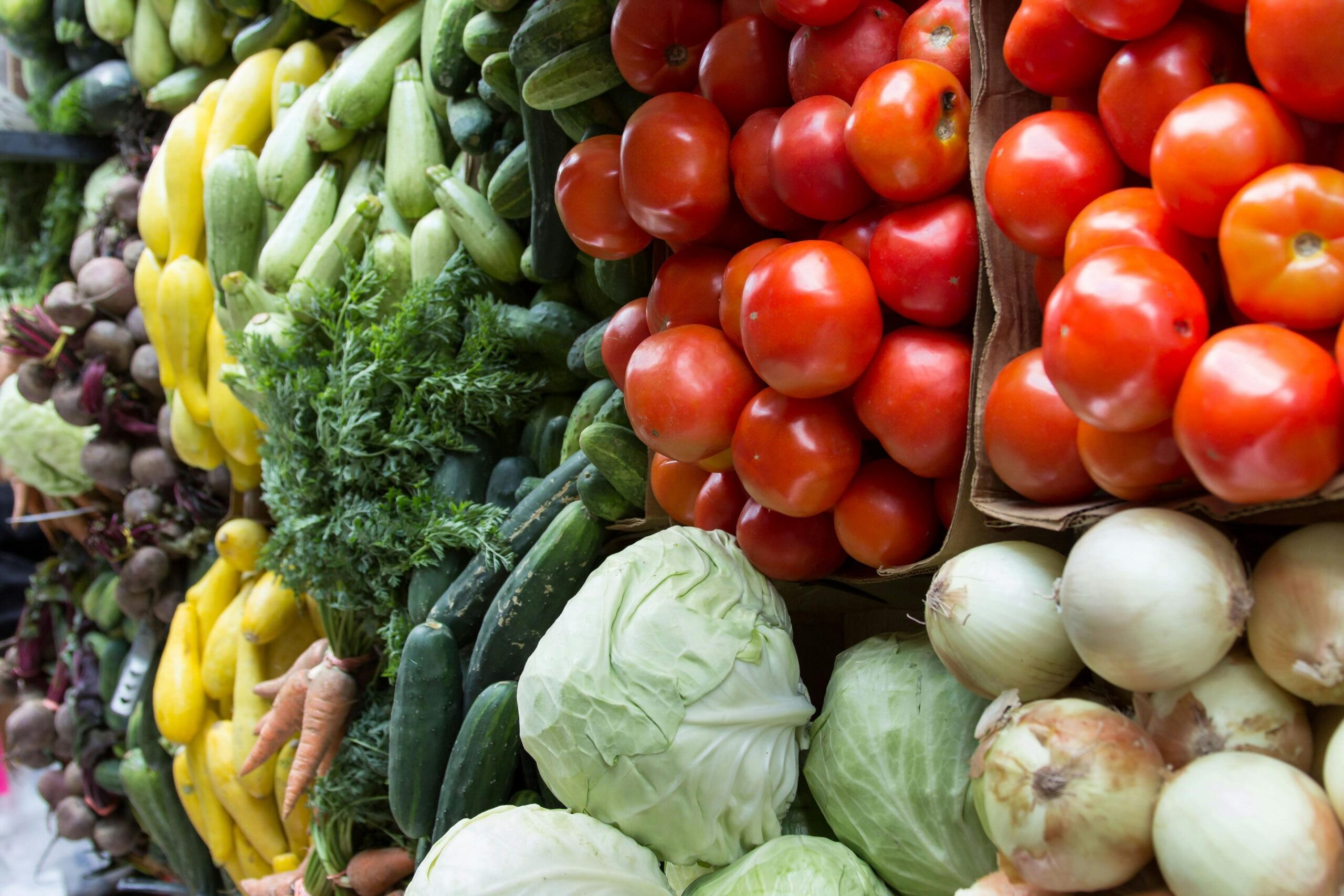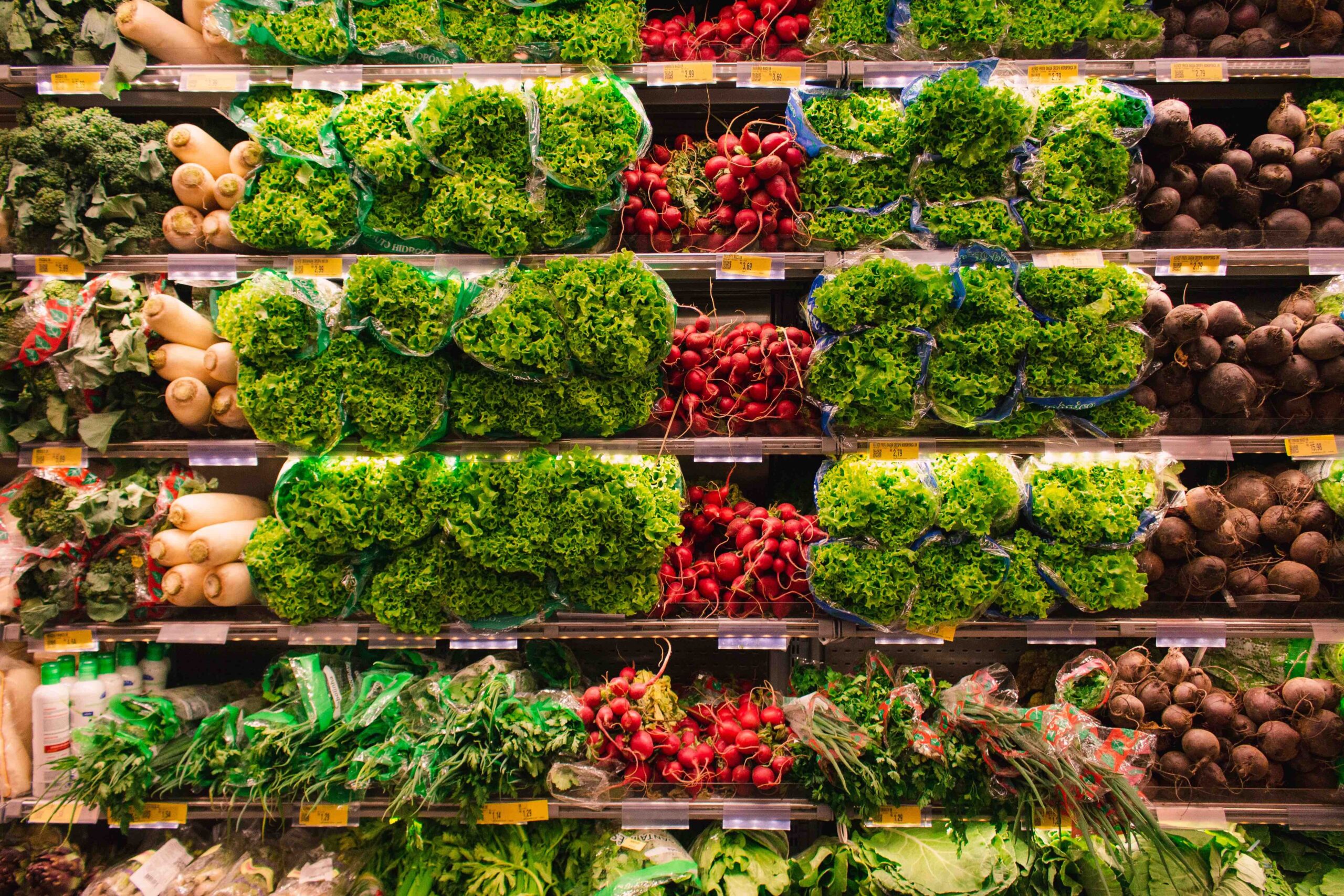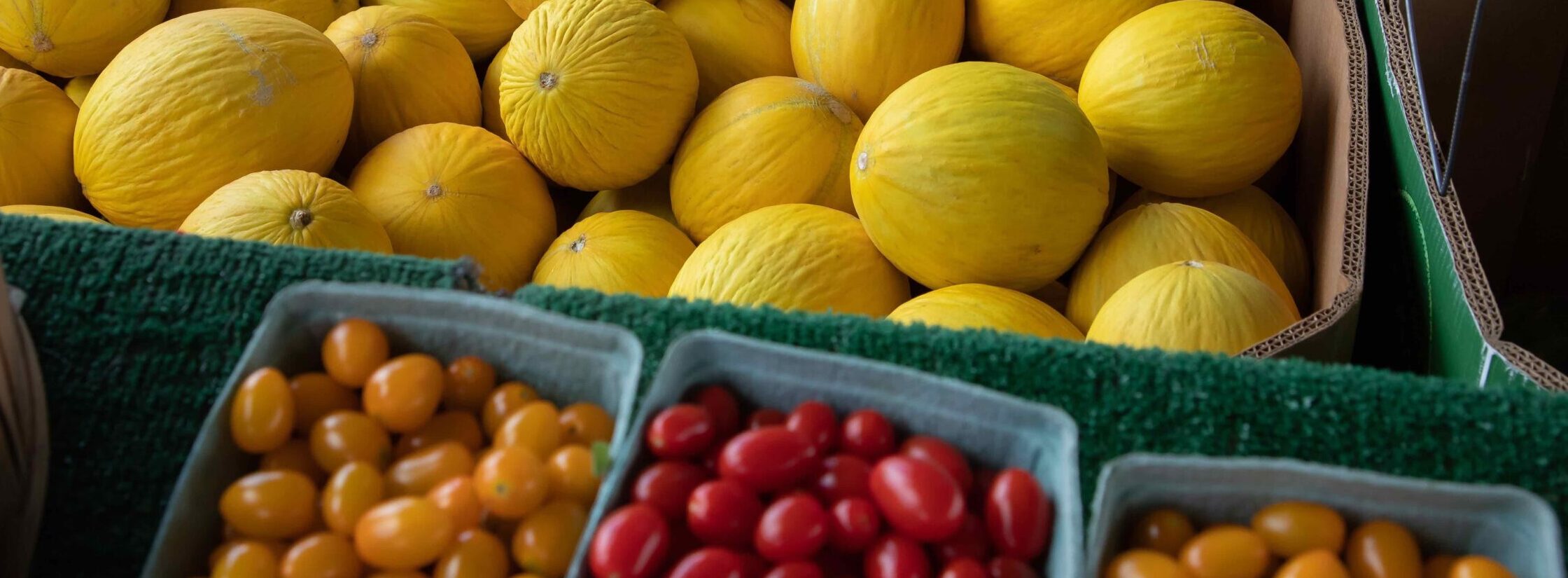Understanding the Gaps Between Innovation, Labor, and What Really Works on the Farm
The COVID-19 pandemic exposed weaknesses in food supply chains, prompting renewed interest in innovation. Technologies like artificial intelligence (AI), precision farming, and robotics offer potential solutions, but their success depends on how well they are integrated into real-world farming systems. Mechanization is not a one-size-fits-all solution. However, most research has focused on creating new tools, not on how these tools fit into existing production systems and supply chains.
Heavy Dependence on Manual Labor
Specialty crops like fruits, vegetables, and nuts require careful handling and most are harvested by hand. Labor shortages and rising labor costs are major concerns for these industries, but replacing human labor with machines is not straightforward. The complexity and diversity of specialty crops in size, shape, and growing conditions, makes it hard to design machines that can work across different crops and farm types. Many farms don’t have workers who know how to use or fix new machines. This means schools and training programs need to do a better job of teaching these skills. To quote an 8 May 2025 article “The Silent Risk in Supply Chain Technology? Poor Training,” “Gartner Vice President Analyst Tom Enright delivered a clear message to supply chain leaders: the success of digital transformation initiatives will depend less on the technology itself and more on the people expected to use it.” In our competitive world, learning is a two-way street between the business and its technological tools and the people who contribute the skills and time as employees of that business.
Slow Adoption of Technology
Even though mechanization and automation technologies exist, they are not widely used in specialty crop farming. Farmers are cautious about adopting new tools due to high costs and uncertainty about their effectiveness. Developing and testing new technologies is expensive and represents high levels of financial and production risk especially to small farms and early adopters. Funders and developers must “de-risk” these innovations to make them more attractive to farmers, which involves identifying and eliminating non-viable options early.
Workforce Skills and Human Factors
New technologies often require skilled operators. Hamilton et al. (2021) investigated the slow adoption rate of mechanical harvesting in U.S. agriculture and concluded, “If farmers are less willing to invest in capital [equipment] that ultimately leads to higher wages, then long-term productivity growth is likely to be lower, and the problem will persist (p. 1456).” There is a need to consider where tech-savvy workers are most needed and how to train them.
Mismatch Between Technology and Farming Systems
Many innovations are developed without considering how they will fit into existing production systems and supply chains. As one grower proclaimed: “The labor needed to drive a tractor is not what’s killing me; the labor killing the weeds is what’s killing me. If you’re going to charge $1.4 million for a device, we’re perfectly fine attaching it to a tractor that already has a power source and putting a human in charge of keeping that equipment safe.” There is a need to focus more on how technologies interact with real-world farming environments in the development phase rather than “build it and they will buy it” approach.
Need for System-Wide Change
Mechanization affects not just the tools used, but also the skills, attitudes, and regulatory systems within agriculture. For example, California farmers and tractor companies have unsuccessfully lobbied to change the state’s decades-old ban on the use of autonomous agricultural tractors and robots to replace hard-to-find workers. Implementing change requires more than just new machines—it requires a shift in how the entire system communicates along the food supply chain.
Mechanizing specialty crops is a complex challenge that involves more than just building better machines. It requires understanding the entire agricultural system—people, economics, and technology. Economists, engineers, regulators, and farmers must work together to create solutions that are practical, scalable, and sustainable. It’s not just about buying new machines—it’s about training people and creating machines to work smarter and make choices that keep paychecks and profits growing.
For further insights, see the Choices Theme “Why is Mechanization in Specialty Crops So Hard?” to read four papers that apply Dr. John Holt’s systems-based approach (Holt, 1989) to the challenges of mechanization:
- Investment and Incentives
Serviss and Thornsbury examine how farmers and industries decide whether a new technology is worth the cost. They ask: What makes a tool truly cost-saving? How can we measure its impact across the whole system? - Knowledge and Awareness
Loor and Roka explore how information about new technologies spreads. They ask: What do farmers already know? What more do they need to know? How can agricultural extension services help? - Right-Sizing Technology
Neill looks at how well new tools fit into different types of farms. He asks: Can we design machines that work for both small and large farms? How do we address the challenges of scale? - Human Skills and Systems
Morgan focuses on the people who use the technology. She asks: Where do we need skilled workers most? Are we asking the right questions about how people and machines can work together?
To hear more from Southeastern farmers and other folks who are navigating farm labor and technological solutions, visit University of Tennessee’s Let’s Talk About Labor podcast series.
References
Hamilton, S.F., T.J. Richards, A.P. Shafran, and K.N. Vasilaky. 2021. “Farm Labor Productivity and the Impact of Mechanization.” American Journal of Agricultural Economics 104(4):1435–1459.
Holt, J. 1989. “Managing Change in Extension.” American Journal of Agricultural Economics 71(4):869–873.
Moragn, Kimberly L.. “High-Tech Tools, Real-World Problems: Farmers’ Views on Mechanization Challenges.” Southern Ag Today 5(22.5). May 30, 2025. Permalink









